What Can Business Learn From Nature?
What any and all businesses can learn from nature
As an organisation, we are thinking a lot about how biomimicry can be of value to businesses. There are many good reasons to be looking at this area of inquiry. Two primary reasons are: firstly, we are a business and part of our function is to create value that we can exchange with others; secondly, it is clear that the cultures of business environments are capable of having significant impacts on our shared ecologies.
The first reason is self-explanatory. In this regard, we know how our organisation created value in the past, and we could simply continue, by replicating the strategies that worked. Paradoxically, the second reason – which is now thankfully also self-evident to many – is why we are not solely proceeding with this most-obvious course of action, of doing what was done before. This is to say: we perceive that it would be counterproductive to employ our knowledge of and skills with this life-affirming design discipline (“perspective”, “philosophy”, “way of being”) to assist others to “do business”, if said business was creating conditions that are destructive to life. If we did this, we would be all the more complicit in the already-ubiquitous, life-threatening patterns of behaviour pervading the value-creation landscape.

And yet we are not in the business of excluding anyone, any organisation, from learning to learn from nature, if they request to do so with us. This is a creative tension, and necessitates dialogue on the subject of values. It leads to questions like:
What is of primary value?
As vague and vast as this question may seem, it is quite literally of vital importance that we consider it, individually and collectively.
Designing as Life, for Life
Biomimicry South Africa is, in part, a design consultancy. And, from our perspective, any future-oriented task implies the act of designing. In general this rings true whether one is plotting a path to travel toward a physical destination, or drafting a strategy for bringing a new product to market, or figuring out how to deliver a new service, or writing a packing list for a hiking expedition. There is certainly room for interpretation, and many situations do not call for a specific design procedure to arrive at an optimal outcome. Yet we assert that there are elements of a design discipline implied in most, if not all, future-oriented processes. This suggests that opportunities exist – in most if not all business-related endeavours – to ask questions like:
How would nature...?
(The ellipses signify where our clients’ challenges could be inserted into the question.) There are now very many examples of innovation inspired by nature: products, and services, and products-as-services, that have emerged through the intentional application of the biomimicry design lens. There can be no doubt that learning from the miraculous, ubiquitous strategies of life that pervade our world, is a strategy for success in business. The only real challenge is whether we are willing to take the time, and make the effort, to do so.
Too much to do, too little time. Business. Busy-ness.
The pace of life feels like it is accelerating—is a statement frequently uttered in an array of contemporary contexts. So much so that it could be labelled as a trope of modernity. One consequence of this, particularly in business environments, is that exploratory design is rarely given the space and time it inherently needs. To make this point another way, via a counterexample: architects are designers who are more regularly afforded time and space to create novel, awe-inspiring solutions. It is therefore not a coincidence that architectural design is one of the practices in which the application of the biomimicry design lens is flourishing.
We want to see biomimicry flourishing in support of a diversity of business environments. With this in mind, our next question is:
What is relevant and of value to all businesses...?
We know that this is flying in the face of some entrepreneurship advice, the dictum of which is to simplify and streamline, to hone in on one thing, and do that really well. And we shall. Apparent divergence will lead to convergence, we assure you.

Making Our Approach Relevant
This is an experiment. We have a message we would like to convey, and we would like to attempt to do so creatively, imaginatively.
Let’s imagine that this is the first meeting between a business and our team. Let’s imagine that this business has reached a conclusion, something to the effect of:
If we don't explore, experiment with and implement significant changes to how we deliver value, we might become obsolete as a business, in the not-too-distant future.
So we sit down to have an inquiring conversation; or, better still, we go for a walk in nature together, and the conversation begins.
Client representative number one, introduced as Teresa, begins, “We have three products that we are thinking of redesigning. We also have a service package that could be put on the table. But, on the way over here we were wondering if there isn’t a better way for us to approach this altogether. In preparation for this meeting, we read the case study of Interface, the carpet manufacturer, and appreciated how small innovations lead to an appetite for organisation-wide redesign of their processes. We are excited by that level of transformation, and we are curious if we could even go a step further.”
“This is an excellent start. And, you certainly could go further.” responds one of the biomimics, named Ishmael.
“For example, have you considered the impact that redesigning the social norms and structures of your organisation could have?” asks the second biomimicry practitioner, named Julie.
“No we haven’t, and I doubt that could work,” retorts the second client representative, Walter. He is the fourth and final participant in the meeting. Walter arrived with a healthy dose of scepticism, having previously expressed to his colleagues that he thinks that investing time and resources with a biomimicry consultancy could be better directed elsewhere.
“Why not?” asks Ishmael.
“It will look and feel too much like social engineering. People, our colleagues, don’t need or want to be controlled by arbitrary rules.” asserts Walter.
“What makes your current social norms in your organisation less arbitrary than those we might design with you?”
“We didn’t simply decide what we think works and then tell our staff to behave accordingly. We follow the established order, the ‘social norms’, as you call them, that have prevailed in business for decades. The rules for behaviour are accepted because we all know we can expect to find the same in all working environments. This should be obvious.”
“Thank you for explaining your perspective. In a sense it is obvious, which is why part of our work usually involves making the ordinary seem extraordinary. The biomimicry design lens helps us to reframe the problem, which allows us to look for solutions in nature, and broaden the potential solution space.”
“I like where this is going, Walter. Let’s entertain this train of thought? I’d like to see where we can go,” says Teresa, smiling knowingly at Walter. “Where to from here?”
“You could ask, ‘how does nature create governance structures that persist, and thrive?’” suggests Julie.
“And then we can start to look at defining the functions you might be looking to design for—to become crystal clear on what you want to be
doing as an organisation” adds Ishmael. “And we will help you to define and deeply understand your context, the conditions within which your organisation needs to succeed. ”
Looks of confusion pass over the faces of Walter and Teresa.
“Ok, perhaps the inquiry could be opened up into three or four questions.” says Julie.
The second affirms this, and suggests, “Yes, and for the area of activity relevant to this conversation, these might be…”
The End.
We may have cause to revisit and continue this narrative. For now, we will say plainly where the inspiration for this narrative is coming from, by speaking to why we feel that this is relevant and of value to all businesses.
Let’s keep the question-and-answer format going, and ask:
Does your problem exist in a social system?
The answer can only be yes. Then the next question is:
Do we have a reference (eco) system that we can observe, to learn about and from?
Here we run into our first major challenge in this process: where to find reference social (eco)systems that are suitable, for (metaphorically) relating to our current social systems. In popular culture, biomimicry is strongly associated with looking at nature as it exists beyond human systems, only.
“Human nature” is also “nature”.
It turns out that there are reference (eco)systems that we can learn about and from, to understand more about our own nature. It’s us, ourselves, humans, when we are inter-being with a living world. This means partnering, rather than dominating. So our final question here is:
Which humans should we be talking to?
Not simply any-one. We need to talk to the (few) ones who are still living in what is left of indigeneity, anywhere that this is still possible. Indigenes have developed highly sophisticated social systems, which evolved to regulate and restrain what is unhelpful in our nature, while also allowing us to thrive as the social beings that we are. This is not a rebranded exhortation in favour of Social Darwinism. This is a proposal based on a decade – and more – of context-setting and questioning by our team, as well as a recognition of the working sentiments of global experts in the field of Leadership and Organisational Development.
Businesses can learn from what has been working in the social organisation of these cultures – can learn from the governance structures at work – because they are anything but arbitrary. They are highly evolved.
If we can learn to understand the principles of how these model behaviours developed, and mimic the patterns of development with sufficient sophistication, then we stand a chance of following the patterns of life that create conditions conducive to life.

